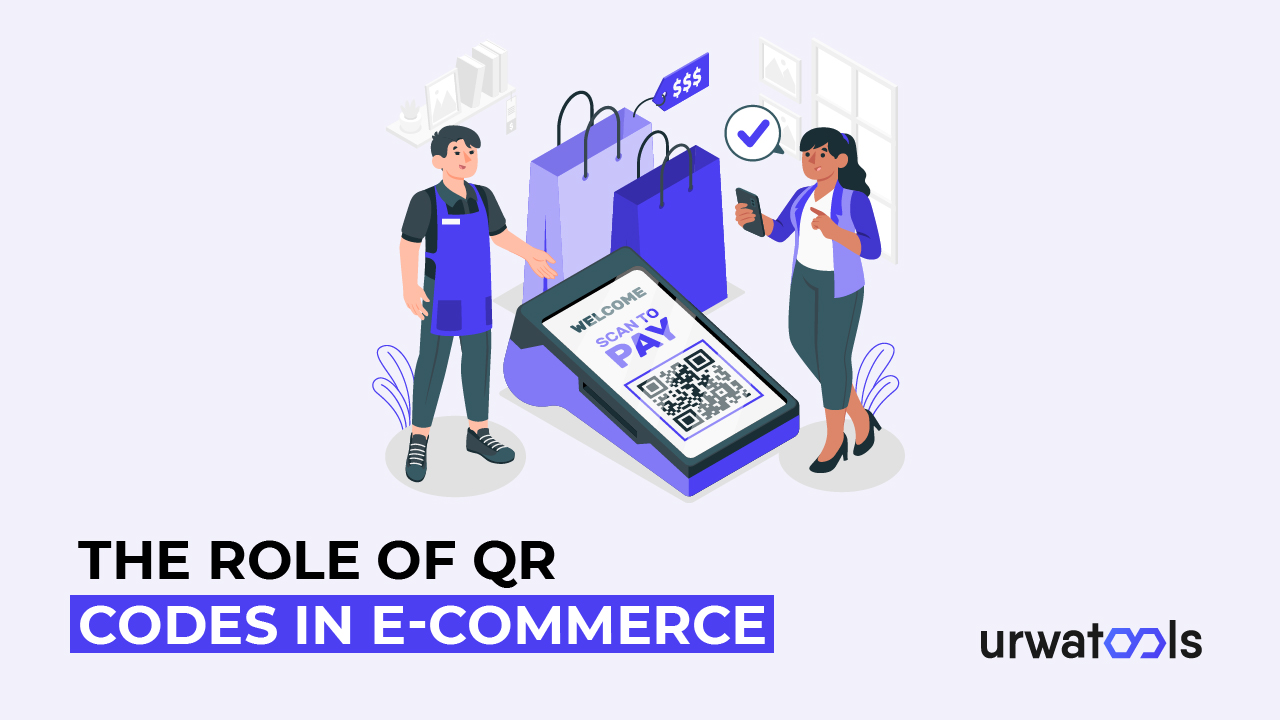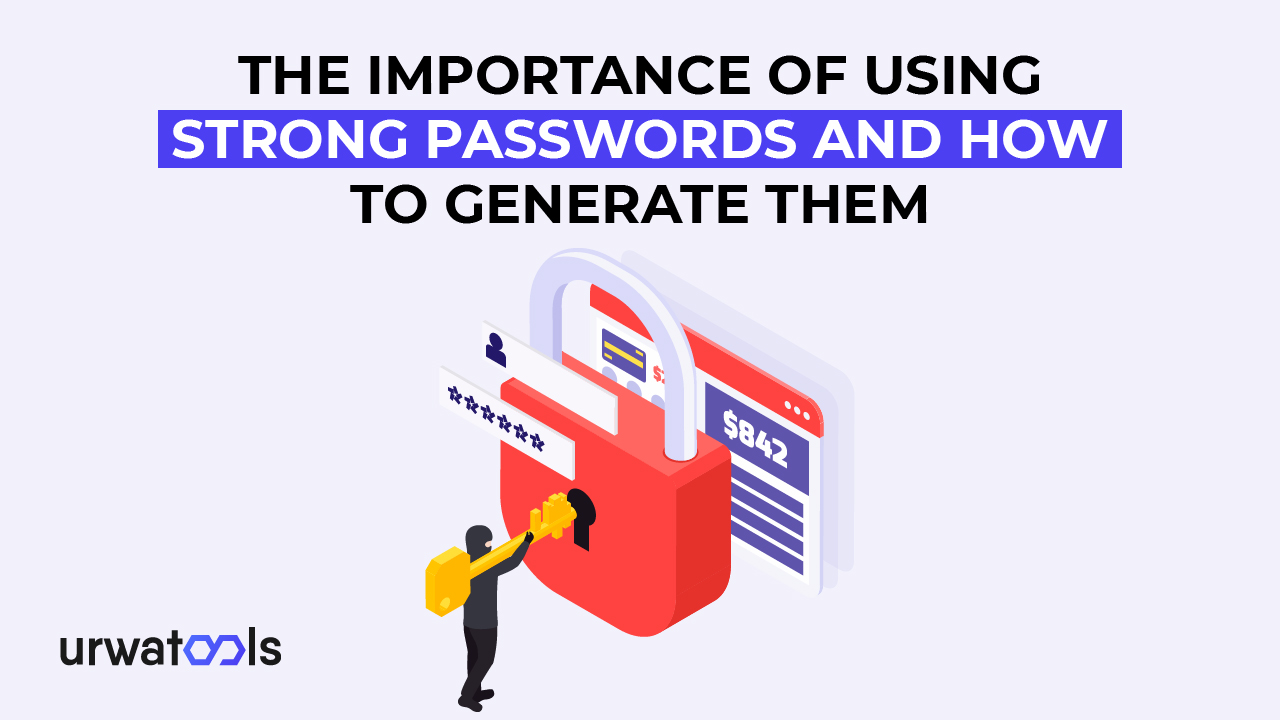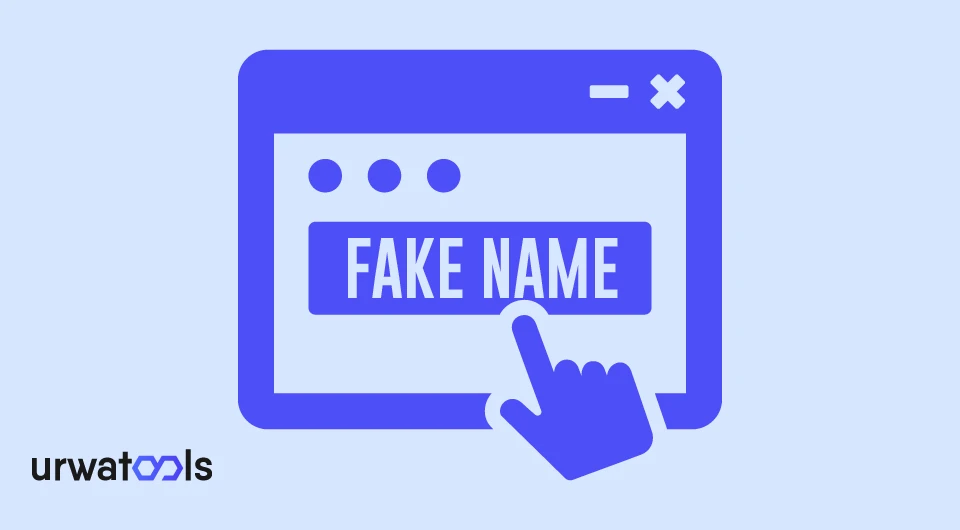Introduction
E-commerce has become an unavoidable part of our daily lives in the digital era. With the rising reliance on smartphones and online purchasing, businesses continuously seek new methods to improve consumers' e-commerce experiences. QR codes are one such invention. We will look at the importance of QR codes in e-commerce and how they change how businesses interact with consumers.
What are QR codes?
Before discussing their importance in e-commerce, let's define QR codes. QR codes are two-dimensional barcodes you can read with a smartphone or a special QR code scanner. They were invented in Japan and have achieved international recognition owing to their versatility and ease of use.
QR Codes in E-commerce: An Overview
QR codes have become more prominent in e-commerce. They connect the real and digital worlds, allowing seamless interactions and improving customer experience. Let's look at some of the primary ways QR codes influence e-commerce.
E-commerce QR Code Advantages
a. Improving Product Descriptions and Information:
Businesses may use QR codes to provide precise product information and descriptions. Customers may access specs, user manuals, reviews, and other pertinent data by inserting QR codes on product packaging or labeling. Improving product descriptions and information enables clients to make more educated purchasing decisions, boosting satisfaction and decreasing product returns.
b. Simplifying the Checkout Procedure:
E-commerce checkout is critical, and friction can lead to cart abandonment. QR codes enable one-click payments. Clients can scan a QR code on the screen or at a physical point of sale, which instantly populates the relevant payment data and allows them to complete the transaction quickly.
c. Making Mobile Shopping Possible:
With most online customers using smartphones, QR codes are an easy method to allow mobile buying experiences. Customers can be led to a mobile-optimized website or app by scanning a QR code, displaying a personalized and smooth buying experience.
d. Increasing Customer Loyalty and Engagement:
QR codes give businesses an excellent chance to connect with consumers deeper. Businesses may provide special deals, discounts, or loyalty benefits by putting QR codes into marketing materials such as flyers, posters, or packaging. Increasing customer loyalty and engagement encourages people to buy and promotes long-term loyalty and repeat business.
e. Marketing and Promotional QR Codes:
QR codes are an effective tool for e-commerce marketing and promotion. Businesses may direct customers to specific product pages, landing sites, or promotional offers using QR codes in adverts, social media postings, or email campaigns. This method increases consumer engagement and conversion rates.
f. Analytics and tracking:
QR codes give useful information about client behavior and preferences. Businesses may analyze marketing efficacy, measure conversions, and better understand client interaction by integrating QR codes with analytics tools. This data-driven strategy aids in marketing tactics optimization and ROI improvement.
Using QR Codes in E-Commerce
Businesses must deliberately deploy QR codes to realize their potential in the e-commerce sector. The most significant concerns are:
a. QR Codes: should be prominently displayed on product packaging, marketing materials, or digital platforms where buyers will likely see them.
b. QR Code Design and Scanability: QR codes should be designed to be readily scannable, with adequate contrast and size. Avoid distortions or reflections that interfere with scanning.
c. Landing pages: Ensure the QR code sends clients to a site that offers a seamless and personalized buying experience.
d. Integration: Link QR codes to your e-commerce platform, payment gateways, and analytics tools for seamless data synchronization and real-time tracking.
Best Practices for QR Codes in E-commerce
To maximize QR codes' effectiveness, consider the following best practices:
a. Specific Call-to-Action: Provide specific instructions for scanning the QR code and express the value proposition or motivation.
b. Testing and Optimisation: Regularly test QR codes' scannability and monitor analytics to optimize performance. Make changes in response to consumer input and behavior.
c. Mobile Optimisation: Make sure the landing pages or apps accessible via QR codes are optimized for mobile devices, resulting in a smooth and user-friendly experience.
d. A/B Testing: Experiment with various QR code positions, designs, and incentives to see which techniques are most effective for your target audience.
Challenges and Limitations of QR Codes in E-commerce
While QR codes offer numerous advantages, knowing their challenges and limitations is essential. Some common ones include:
a. User Adoption: Not all consumers are familiar with scanning QR codes, and not all devices have installed a QR code scanning program.
b. Connectivity: Scanning QR codes may necessitate an internet connection, which limits usage in places with limited network coverage.
c. Device Compatibility: QR codes are incompatible with all devices or operating systems. Compatibility difficulties may hamper scanning experiences.
QR Codes' Future in E-Commerce
QR codes are projected to play a larger role in e-commerce as technology progresses. QR codes will become a portal to immersive and engaging retail experiences by incorporating augmented reality, AI-powered suggestions, and personalized experiences.
Conclusion
In the e-commerce industry, QR codes have become a powerful tool, revolutionizing how businesses interact with customers. QR codes have several advantages, such as improving product information, expediting checkout, and enabling mobile purchasing. Businesses can leverage QR codes to promote consumer engagement, loyalty, and sales in the ever-changing world of e-commerce by carefully deploying them and following best practices.
FAQs
1. Are QR codes safe for e-commerce transactions?
Yes, QR codes are generally safe for e-commerce transactions. However, ensuring that the scanned QR code leads to a secure and legitimate website or payment gateway is crucial. Exercise caution when scanning QR codes from unknown sources.
2. Can QR codes be used for offline e-commerce transactions?
Yes, QR codes can be used for offline e-commerce transactions. They enable seamless payments at physical point-of-sale locations, eliminating physical cash or cards.
3. Can QR codes store customer information?
QR codes can store customer information, but handling personal data responsibly and complying with privacy regulations is critical. Ensure proper safety and security measures are in place to protect customer information stored on QR codes.
4. Can QR codes be used for product authentication?
Yes, QR codes can be used for product authentication. By placing unique QR codes on products, businesses can enable customers to verify authenticity and detect counterfeit items.
5. How can businesses track QR codes' effectiveness in their e-commerce campaigns?
Businesses can track the effectiveness of QR codes in their e-commerce campaigns by using analytics tools that provide data on scans, conversions, click-through rates, and other key metrics. This data helps optimize marketing strategies and measure ROI.







